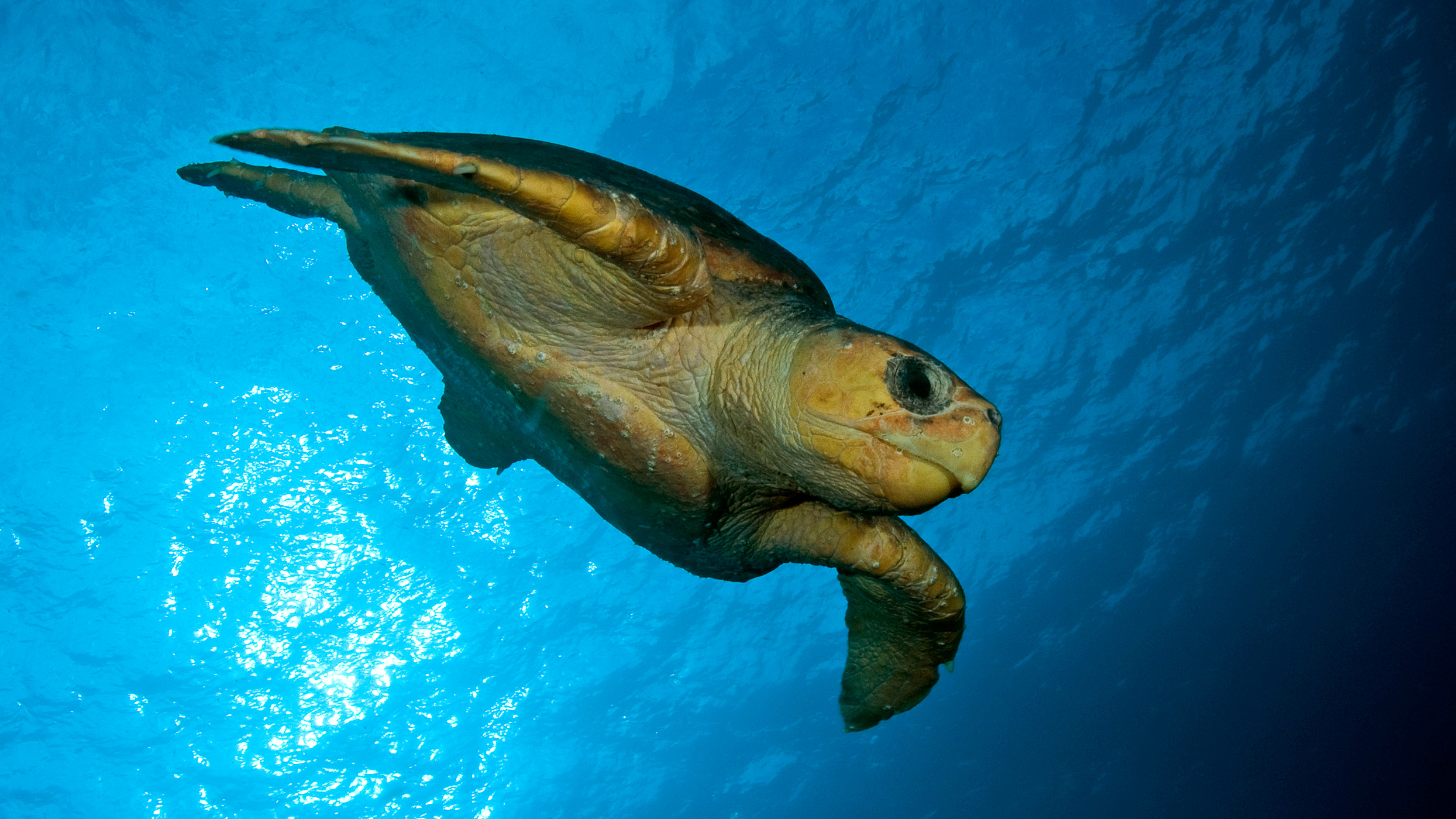Marine protected areas
NSW Marine Protected Areas Policy Statement
The Marine Protected Areas Policy Statement (PDF, 561.57 KB) reaffirms the NSW Government’s commitment to maintaining the existing comprehensive network of marine protected areas in NSW and improving their management, within holistic management arrangements for the entire marine estate.
It notes the importance of marine protected areas as a management tool to address priority threats, identified via a robust evidence-based threat and risk assessment, to marine and estuarine habitats and biodiversity and to the social and economic benefits derived from the NSW marine estate. The statement clarifies the future role and purpose of marine protected areas in marine estate management.
This policy statement supersedes the former NSW Government policy paper “Developing a representative system of marine protected areas in NSW – an overview” (November 2001) and builds on the “NSW Government Response to the Independent Scientific Audit of Marine Parks in NSW (PDF, 448.64 KB)” (March 2013) and the Marine Estate Management Authority’s “Managing and the NSW Marine Estate: Purpose, Underpinning Principles and Priority Settings (PDF, 2373.94 KB)” (November 2013).
NSW marine protected areas
Marine protected areas are parts of the NSW marine estate managed to conserve marine biodiversity and support marine science, recreation and education.
Long Reef Aquatic Reserve celebrated its 40th anniversary in 2020. It was the first aquatic reserve declared in NSW.
The NSW marine protected area system includes:
- 6 marine parks
- 12 aquatic reserves
- marine and estuarine habitats within national parks and nature reserves.
Marine parks
Marine parks conserve the unique marine biodiversity that we have along our coastline. They can also be used for activities such as diving, boating, fishing and tourism.
Marine parks present a unique opportunity to showcase our distinctive wildlife and also provide incomparable opportunities for scientists, students and educators to study our marine biodiversity in a relatively untouched state.
Marine parks include a variety of habitats stretching from the beaches and headlands of our coastline to 3 nautical miles (about 5 km) out to sea.
The six marine parks in NSW comprise:
- Cape Byron Marine Park
- Solitary Islands Marine Park
- Lord Howe Island Marine Park
- Port Stephens-Great Lakes Marine Park
- Jervis Bay Marine Park
- Batemans Marine Park
Marine Parks in NSW are zoned to conserve marine biodiversity, maintain ecological processes and provide for a range of sustainable uses, such as recreational and commercial fishing, diving, boating, snorkelling and tourism.
Currently there are four types of zones within a marine park: sanctuary, habitat protection, general use and special purpose zones.
Get up close to a marine park – you can scuba dive, kayak, snorkel, go fishing, enjoy a picnic and explore the coastline!
Aquatic reserves
There are 12 aquatic reserves in NSW to conserve the biodiversity of fish and marine vegetation, while supporting a variety of fishing and collecting activities.
Some reserves aim to conserve particular aspects of marine biodiversity such as rocky shore habitats and species, while others aim to conserve areas of marine ecosystems more generally, such as the estuarine wetlands in Botany Bay (Towra Point Aquatic Reserve).
Aquatic reserves cover around 2000 hectares of NSW waters. Ten of these are located in the Hawkesbury Shelf bioregion around Sydney. There is also one on the north coast and one on the south coast.
Marine components of national parks and reserves
Many national parks and nature reserves contain a seaward extension, which include areas such as estuaries, beaches and rocky shores
There are 62 national parks and reserves with marine components in NSW. These areas are an important component to the management of marine ecosystems and protecting catchment areas. For more information visit Coastal environments and Fishing in NSW
